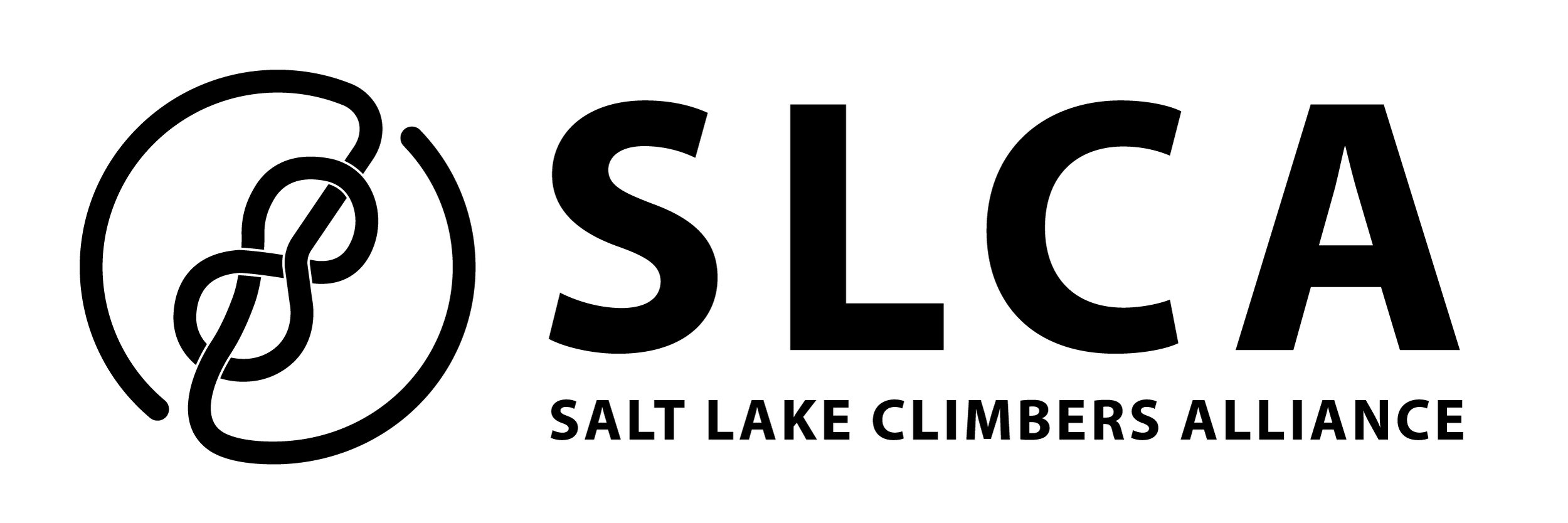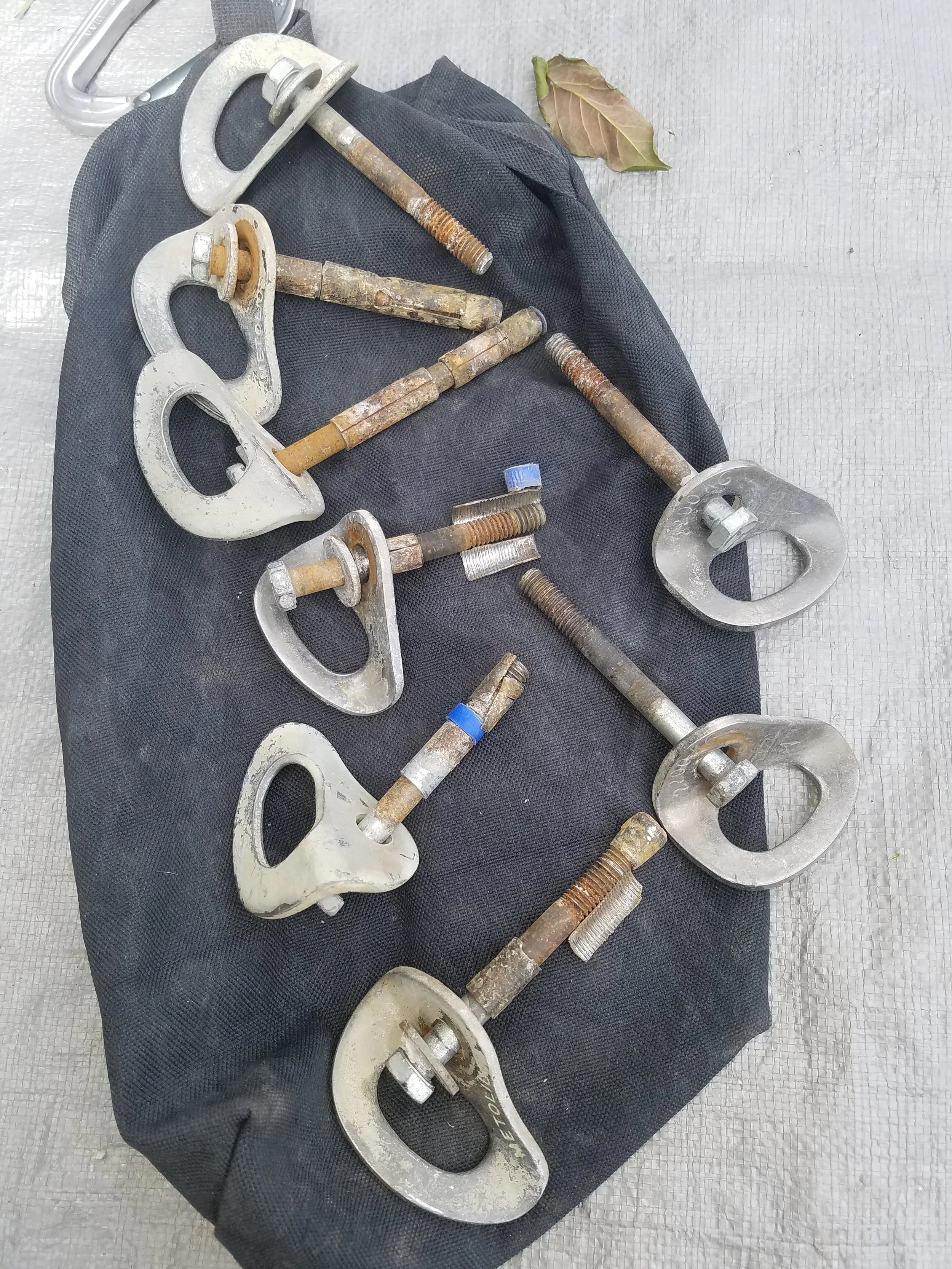American Fork Anchor Maintenance Recap 2022
05/31/2022 - 06/17/2022
Recap by Andrew Brodhead
SLCA Anchor Maintenance Coordinator
Over the course of two weeks, the Anchor Maintenance Crew visited two classic crags at American Fork: Upper Division and Membrane. Back in 2014/15 the Wasatch Anchor Replacement Initiative (WARI) visited Division Wall and did a total update of the wall with modern, stainless steel hardware. Now, in 2022 both walls are finally complete! Most, if not all routes saw a hole for hole replacement with stainless steel glue-in bolts.
The Upper Division Wall received a lot of new bolts due to their popularity and existing corrosion. Routes like Algorithm (12b), Pocket Rhythm (12c) and Pocket Debis (12a) received a full makeover with modern hardware. When venturing up to the Upper Division Wall, please be mindful that people are climbing below you at the Lower Division Wall. This continues to be the sight of small rockfalls due to climbers above.
Upper Division Wall
Bolts Rebolted: 85
Bolts Maintained: 4
After finishing up mid-week at Division, the crew made its way down the canyon to The Membrane Wall. Over the years this wall has been the sight of some rebolting efforts by members of the community. The SLCA continued this effort, mainly on the climbers' right side of the wall. Some of the route maintenance included an anchor update of the classic 5.11c License to Thrill. This route is a good example for our approach to anchor maintenance. Since this climb sees so much traffic, a bigger anchor chain and sustainable lower-offs were needed due to being a high traffic route. As of June 28th, 2022 this route has received 320 ticks on MountainProject. It’s not only important to replace aging bolts, but to continue to maintain routes that see high traffic in areas like American Fork Canyon.
Membrane Wall
Bolts Rebolted: 26
Bolts Maintained: 32
Rock climbing is an inherently dangerous activity and we encourage anyone who participates to obtain the appropriate education and training in order to minimize accidents. We also encourage participants to consult resources including but not limited to guiding outfitters, SAR, Utah Avalanche Center, ranger stations, and weather reports. Nevertheless and although tragic, accidents can happen even when the participants have the proper training and have consulted authorities on conditions. Participants in outdoor climbing are assuming a risk, just as they do in skiing, mountain biking, kayaking, or other outdoor activities. Anchors once maintained by the SLCA are not guaranteed to be in the same state or condition as when they were maintained.


